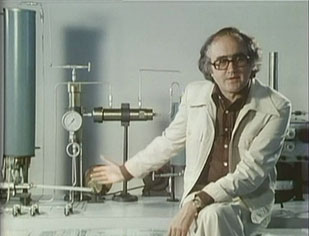I'm making documentaries for YouTube and I don't know how to decide where to shoot my narration segments. I see that filmmakers are doing amazing stuff with Photoshop's generative fill, so that could be useful for my project, but it seems to be limited to stationary shots.
My current project features two interviews with retired scientists, and lots of historical footage from the 90's.
Do I just say f*** it and film at my desk, or film in any arbitrary scenic outdoor setting? My closest city is San Francisco, so my current thinking is to film something on Embarcadero with the Bay Bridge in the background. It would look nice but it's not relevant for my film content.
EDIT: Actually, Lawrence Berkeley National Laboratory would be a relevant location that I can get to, but I don't know if they'll let me film there.
My current project features two interviews with retired scientists, and lots of historical footage from the 90's.
Do I just say f*** it and film at my desk, or film in any arbitrary scenic outdoor setting? My closest city is San Francisco, so my current thinking is to film something on Embarcadero with the Bay Bridge in the background. It would look nice but it's not relevant for my film content.
EDIT: Actually, Lawrence Berkeley National Laboratory would be a relevant location that I can get to, but I don't know if they'll let me film there.
Last edited:


 Are you asking about locations for your own straight to camera narration (the underlying narrative), or locations for interviews with the scientists (specific contributions to/opinions about the subject)?
Are you asking about locations for your own straight to camera narration (the underlying narrative), or locations for interviews with the scientists (specific contributions to/opinions about the subject)?
